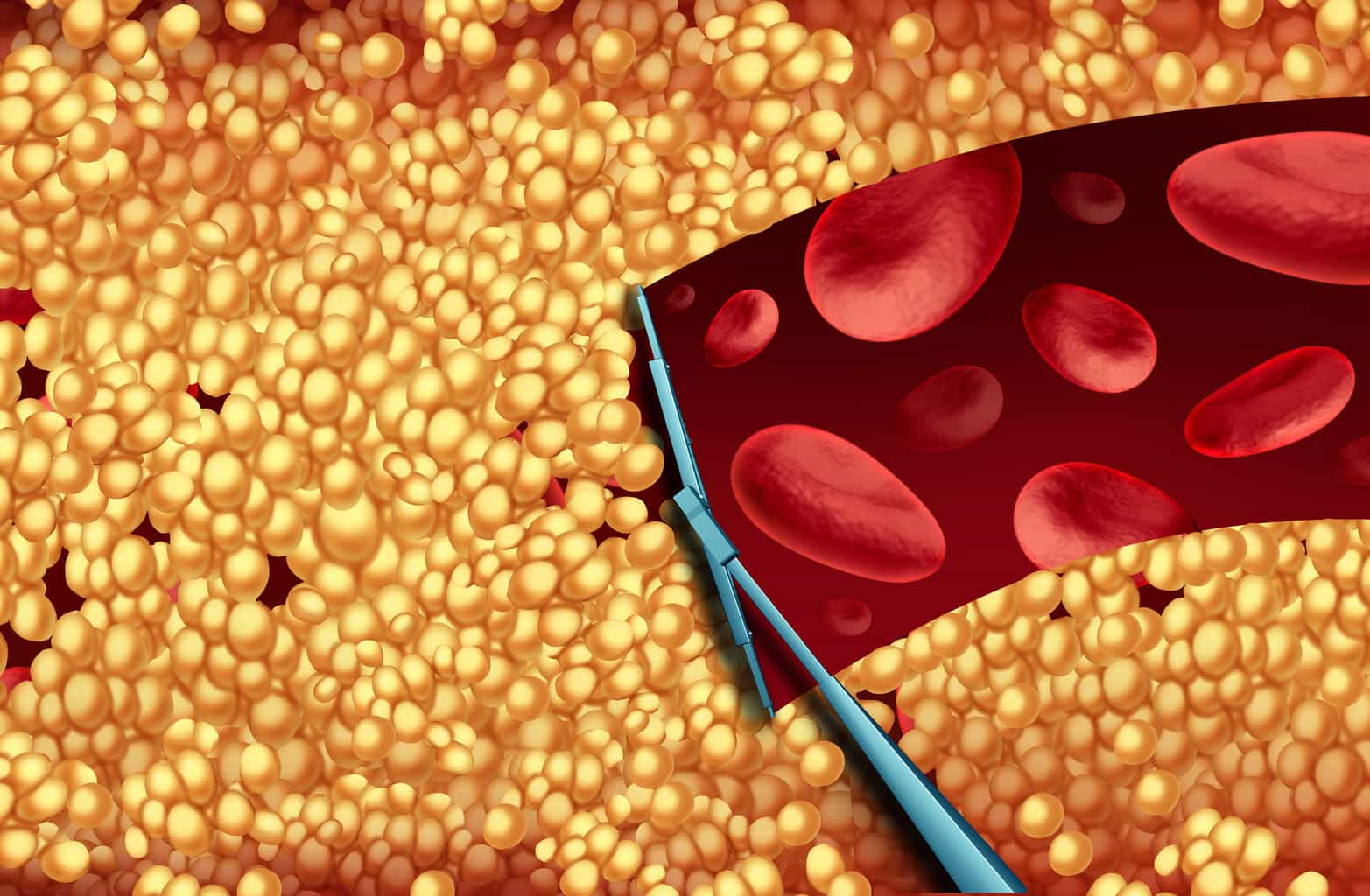
[cmamad id=”6738″ align=”center” tabid=”display-desktop” mobid=”display-desktop” stg=””]
If you have been reading my newsletter for a while, you know that I believe in all-cause mortality.
What I mean is that I think all-cause mortality is the most important measurement in any study.
Today’s newsletter will cover a very important use of all-cause mortality.
In fact, all-cause mortality is the punchline to today’s study which is also a kind of medical mystery.
I hope you like medical mysteries!
Today we are going to learn the startling mystery of the Tsimane.

Here are what Tsimane men look like:

The Tsimane live in the backcountry of Bolivia, where I have visited.
Tsimane have one startling feature about them that researchers discovered recently.
The researchers were from the University of New Mexico and Arizona State University.
But the Tsimane have the cleanest arteries of anybody ever studied.
These people have no plaque in their arteries.
They have no coronary heart disease.
No scientist or researcher in conventional times has ever seen artery blood vessels this clean of plaque.
[cmamad id=”6739″ align=”center” tabid=”display-desktop” mobid=”display-desktop” stg=””]
So what do the Tsimane eat?
They eat a bit of lean fish and tubers.
The Tsimane diet is a low fat diet, with an average estimated daily consumption of 38 g fat.
14% of their average caloric diet is protein, 14% is fat, and 72% is carbohydrate.
So it’s a low-fat, high-carb diet.
Non-processed carbohydrates are grown in the form of rice, plantain, manioc, and corn and the Tsimane also gather wild nuts and fruits.

The punchline is that the Tsimane have a life expectancy of dying at AGE 42!

This study is a great example of why it doesn’t pay to look at heart disease in isolation.
You have to look at the entire picture.
In Western medicine, they test drugs such as blood pressure and cholesterol medication to show that they work to some degree.
The entire point is about approval, not cures.
But they never test whether the drugs result in longer life.
Most often the drugs prescribed in Western medicine shorten life and make people sicker.
You might realize now why they never want to measure all-cause mortality when they’re doing a study on a new drug.
They want it approved.
All cause mortality gives it away.
If more people die, if people don’t survive as long, there’s no hiding that fact.
But if the drug is supposed to help heart disease, and they don’t measure all-cause mortality, they can say the drug is great.
They can say it cleans out your arteries or it cleans out your heart.
But if they don’t look at all-cause mortality, it could be that like the Tsimane — you’ll die at 42.
But you’ll die with very clean arteries.
And by the way, in case you’re wondering, nobody knows why the Tsimane die so early.
One theory is that they have a lot of parasites in them and tropical diseases.
Almost all of the Tsimane studied had worms in their bodies.
They probably have so many parasites that they die early.
But at least they have clean coronary arteries and healthy hearts.

https://www.researchgate.net/publication/315262221_Coronary_atherosclerosis_in_indigenous_South_American_Tsimane_a_cross-sectional_cohort_study
Aging and Inflammation in Two Epidemiological Worlds
https://www.ncbi.nlm.nih.gov/pmc/articles/PMC2952348/

Leave a Reply